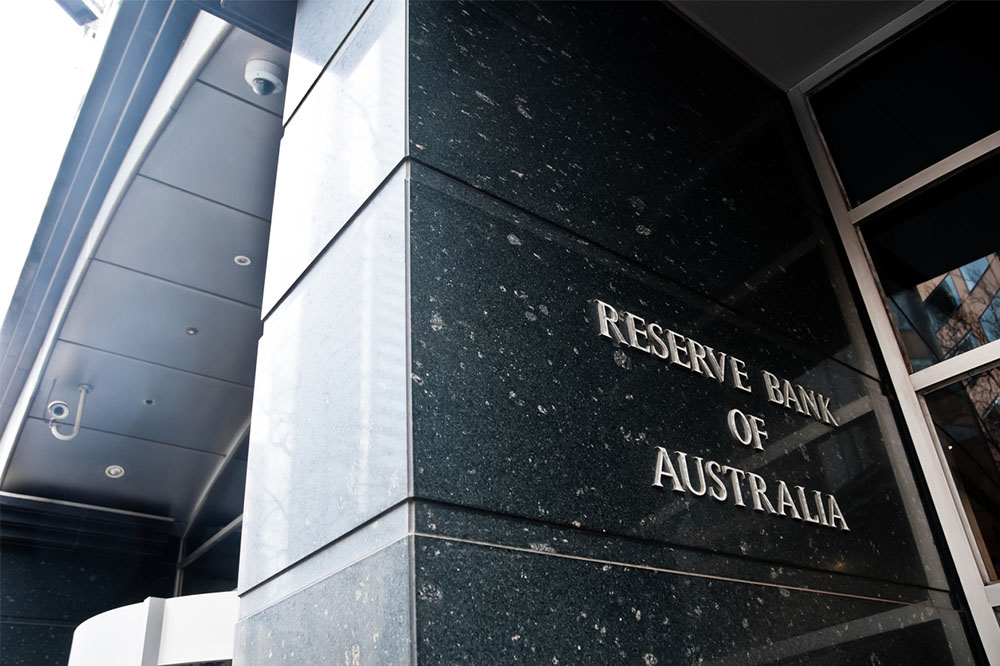
The Reserve Bank of Australia has increased the cash rate to 3.6%, bringing it to the highest level since 2012.
March marks the tenth consecutive month of hikes by the RBA. The 25bps hike adds to the 325bps cumulative increase since May 2022.
Find out if your lender is passing on the latest rate hike here.
Here are the highlights from RBA Governor Philip Lowe’s statement:
On inflation, economy, and labour market
- Global inflation remains very high but the monthly CPI indicator suggests that inflation has peaked in Australia.
- Economic growth has slowed, with GDP increasing 0.5% over the December quarter and 2.7% over the year.
- It expected that the growth over the next couple of years would be below trend, given the softened outlook for housing construction and the slowing down in household consumption due to the tighter financial conditions.
- While the labour market remains very tight, conditions have eased a little.
- While unemployment rate remains close to a 50-year low, employment fell in January.
- Wages growth is continuing to pick up in response to the tight labour market and higher inflation.
On outlook of cash rate:
- RBA recognises that the monetary policy operates with a lag and that the full effect of the cumulative increase in interest rates is yet to be felt in mortgage payments.
- While some households have substantial savings buffers, others are experiencing a painful squeeze on their budgets due to higher interest rates and the increase in the cost of living.
- RBA remains committed to return inflation to the target band, noting that high inflation “makes life difficult for people and damages the functioning economy”.
- Further tightening of monetary policy will be needed to ensure that inflation returns to target and that this period of high inflation is only temporary.
CreditorWatch chief economist Anneke Thompson said the latest increase will take many borrowers well past their lenders’ serviceability test and will be a serious drag on both consumer and business sentiment.
“While the Australian economy is certainly one of the brighter spots when we think about the global economy, there is no doubt that businesses will find trading conditions far more challenging this year than last,” she said.
“On the bright side, it does appear that inflation has peaked — this gives us confidence that pricing data coming through this year should, based on sentiment levels, show continued moderation in growth levels of inflation.”
Should borrowers be worried?
According to a new report from Aus Property Professionals, around 70% of Australians believe that high interest rates are locking everyday borrowers, especially first-home buyers, out of the housing market due to fear of mortgage stress.
Aus Property Professionals director Lloyd Edge said many Australians are feeling “despondent” about the current economic situation.
“It’s no surprise that hopeful buyers are feeling discouraged right now, given what’s been happening with interest rates and inflation, and I can understand why the dream of owning a home feels like it’s slipping out of reach for many Australians,” he said.
Still, Mr Edge believes homebuyers should not see the current situation as a doom and gloom scenario, as there still exist opportunities to break into the market.
“For example, if you’re struggling to save up the necessary deposit for your dream home, or your borrowing capacity has dropped, you can always look outside of your own neighbourhood and try purchasing a more affordable investment property in a high-growth regional area or interstate,” he said.
“Despite the interest rate hikes, many regional markets have stayed consistent, since the properties in those areas are fairly inexpensive, and interest from investors and locals has helped places like Bundaberg and Albury-Wodonga to continue to grow in the last 12 months.”
Buying a home or looking to refinance? The table below features home loans with some of the lowest interest rates on the market for owner occupiers.
| Lender | Home Loan | Interest Rate | Comparison Rate* | Monthly Repayment | Repayment type | Rate Type | Offset | Redraw | Ongoing Fees | Upfront Fees | Max LVR | Lump Sum Repayment | Extra Repayments | Split Loan Option | Tags | Features | Link | Compare | Promoted Product | Disclosure |
|---|---|---|---|---|---|---|---|---|---|---|---|---|---|---|---|---|---|---|---|---|
5.29% p.a. | 5.33% p.a. | $2,773 | Principal & Interest | Variable | $0 | $530 | 90% |
| Promoted | Disclosure | ||||||||||
5.19% p.a. | 5.10% p.a. | $2,742 | Principal & Interest | Variable | $0 | $0 | 80% |
| Disclosure | |||||||||||
5.39% p.a. | 5.43% p.a. | $2,805 | Principal & Interest | Variable | $0 | $530 | 90% |
| Promoted | Disclosure |
Collections: Mortgage News Interest Rates





Share